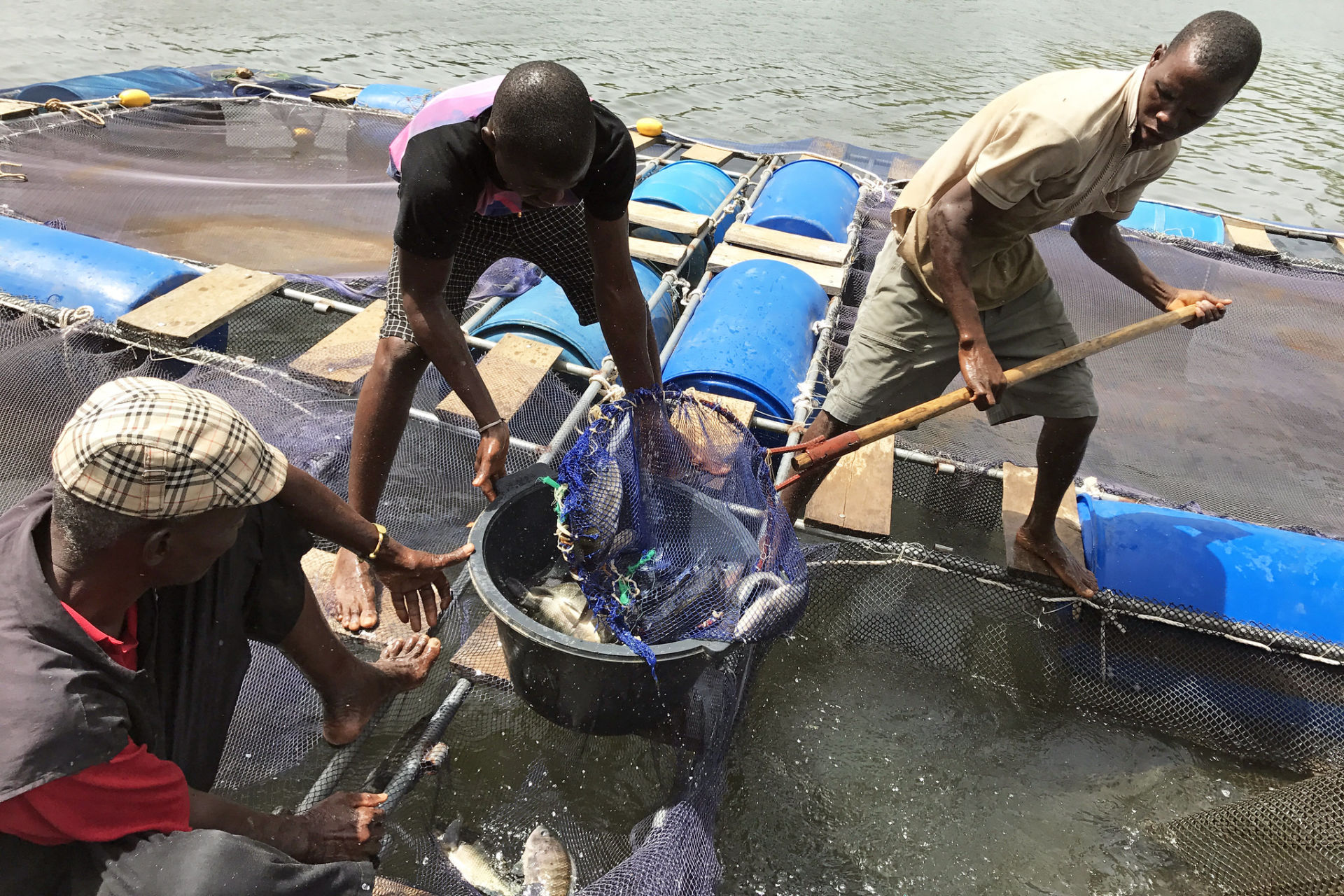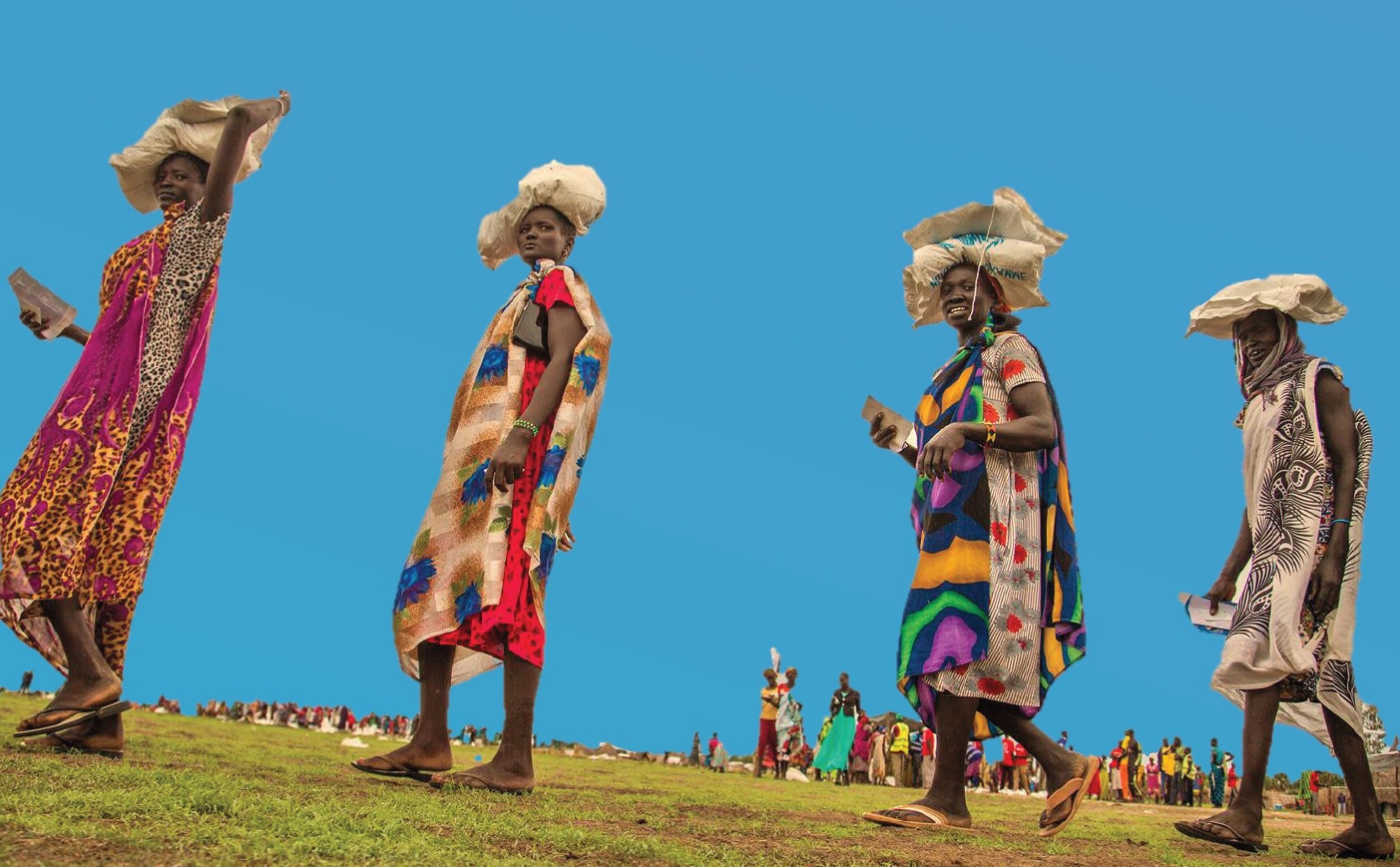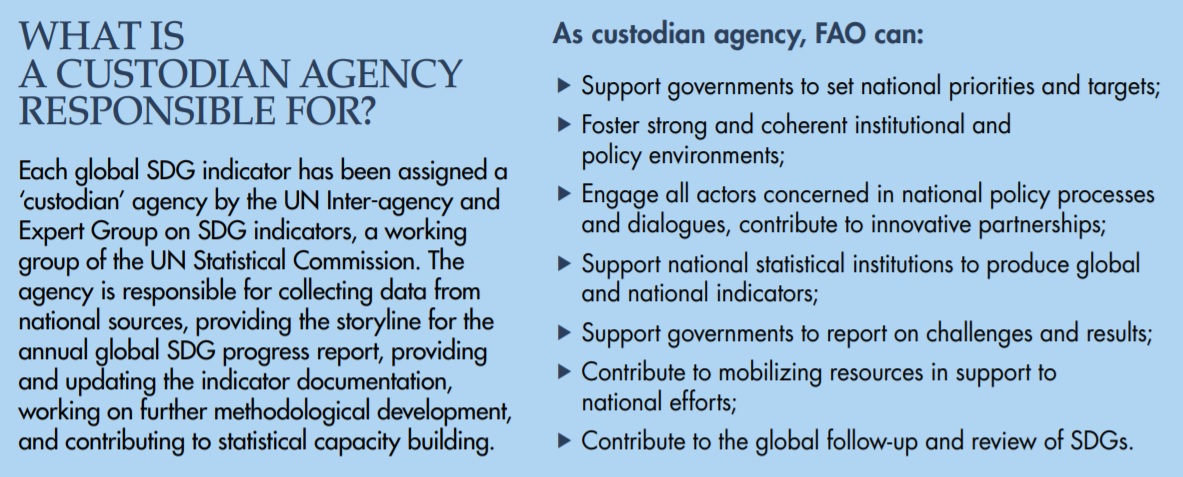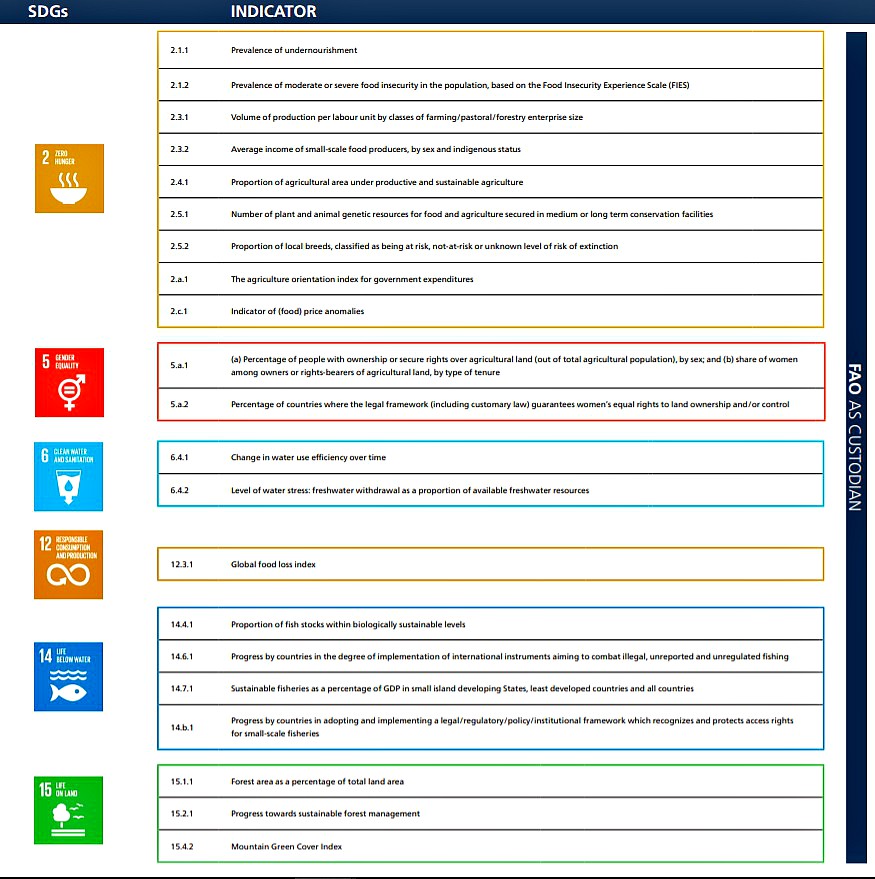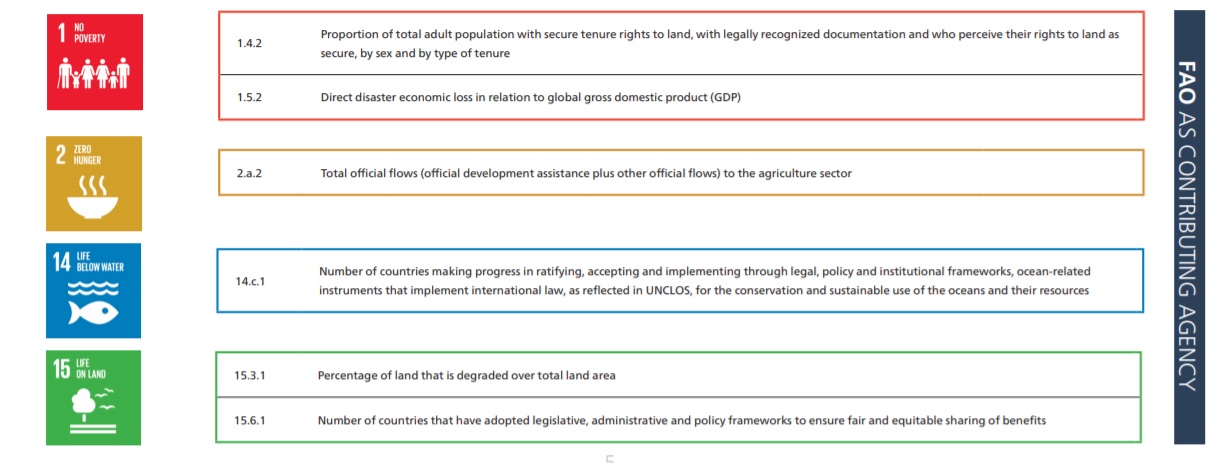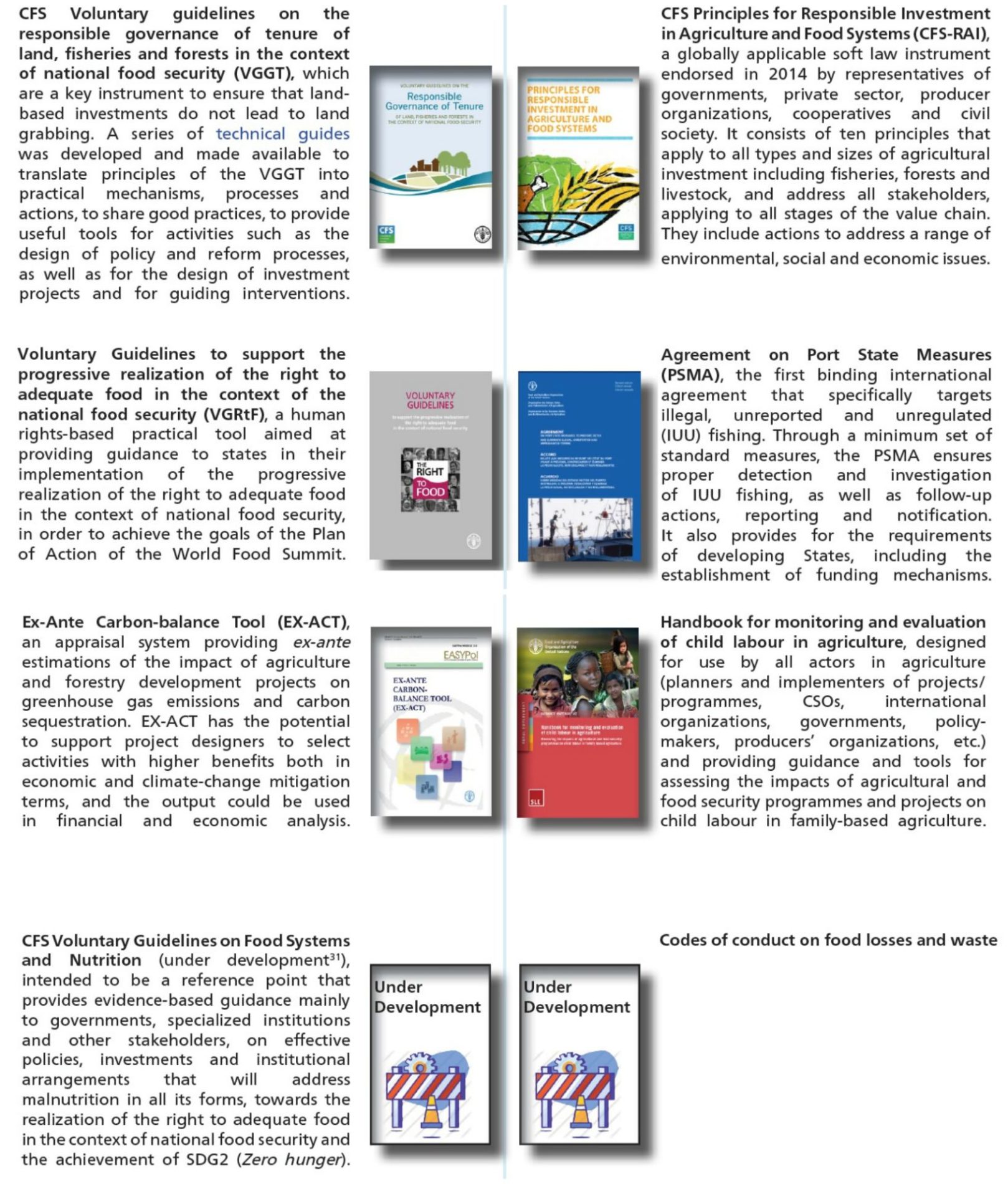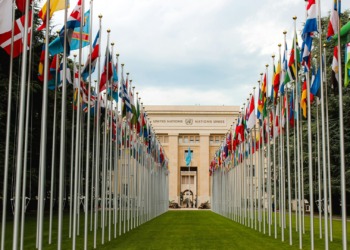Since 2015, when the world signed onto the 2030 Agenda and the 17 Sustainable Development Goals (SDGs), the United Nations has been invested in a supportive role in achieving the SDGs by 2030. It does this by (1) collecting data, monitoring targets and measuring progress and (2) providing technical assistance to help countries meet the new challenges on the way to the SDGs – a process now commonly termed “SDG compliance”.
SDG compliance applies to all the sectors of economic activity, in particular to agriculture and agri-food systems that are the source of well-documented extensive environmental degradation and pollution. Here is where one of the UN’s oldest and largest specialized agencies, the Food and Agricultural Organization (FAO) plays a primary role. And it is well placed to do so. FAO works in over 130 countries with the goal of achieving food security for all, making sure that people have regular access to enough high-quality food to lead active, healthy lives.
Roberto Ridolfi, an FAO top manager (Assistant-Director General, Programme Support and Technical Cooperation Department) recently wrote a paper providing an overview of the rationale, background, methodology, and scope of FAO’s support to SDG compliance. Titled SDGs for people, planet and prosperity – FAO’s SDG compliance work as a means for leveraging sustainable investments in agri-food systems, it was published in December 2019. We are pleased to publish his paper in condensed form. The full paper can be accessed on FAO’s website here. (Editor’s note)
SDGs for People, Planet and Prosperity
FAO’s SDG compliance work as a means for leveraging sustainable investments in agri-food systems
The 2030 Agenda for Sustainable Development, along with the Addis Ababa Action Agenda (AAAA) on Financing for Development, calls for worldwide action from governments, private sector, and civil society to align their strategies, operations, and activities with the principles outlined in the SDGs. The 2030 Agenda marks a significant shift from traditional development approaches by recognizing the important role the private sector has to play in achieving sustainable development for all.
Financing the realization of all SDGs will require additional annual investments of approximately 2.5 trillion and it is essential to engage the private sector and to ensure that private investments be SDG-compliant.
Food systems are expected to be severely challenged by demographic pressure. UN estimates indicate that 9.7 billion people will live on earth by 2050. At the same time, rural-urban migration is continuing, with 68% of the world’s population being expected to live in urban areas in 2050, against 55% today. This means that by 2050 global food availability will have to increase by 60%, while the share of the global population working in agriculture is expected to rise slightly and then decline by almost 9%5.
Under a business-as-usual scenario, high levels of food insecurity and unsustainable economic growth are likely to persist, with substantial negative impacts on health, political stability, and peace. For example, under a business-as-usual scenario, about 570 million people are expected to be undernourished in 2030, whereas a transformation towards sustainability would reduce this number by almost half or even cut it to zero.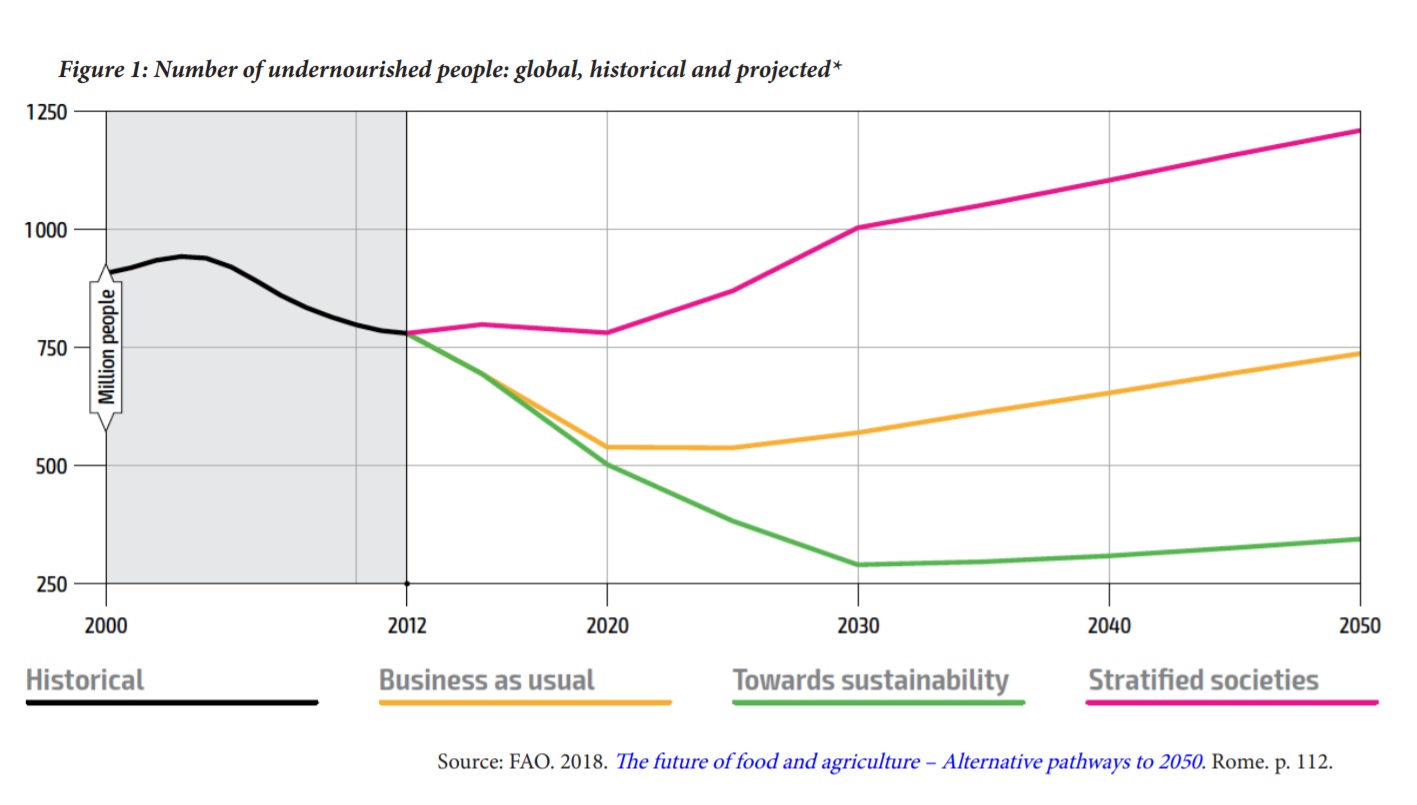
Note: The above diagram, starting with the known historical trend (black line 2000-2012), presents three possible scenarios: Business as usual (yellow line); “stratified societies” meaning increasing income inequality and discrimination on the basis of gender, age, ethnic diversity, etc (red line) and the desired scenario, “towards sustainability” (green line).
Even if recent positive trends for some sources of investment were to be sustained, neither a world free of hunger nor one free of poverty can be achieved by 2030 under a business-as-usual scenario. According to FAO, IFAD, and WFP, additional annual investments of US$265 billion, or an extra US$160 per poor person per year, are needed to achieve the first two SDGs (end poverty and hunger).
More than 50% of these investments, US$140 billion, should specifically target rural areas and agriculture. The bulk of these investments is expected to come from the private sector.
Adopting the right policies will not be enough to close the investment gap. We need a push space and we need to create a new ecosystem for companies looking at a profit but also benefits. In this sense, the SDGs go beyond former UN practices by actively seeking to engage the private sector, including commercial banks and financial institutions, as principal actors in financing sustainable development.
A new ecosystem for companies is possible. In particular, I should like to highlight the emergence of the “fourth sector” consisting of for-benefit organizations that seek to combine the generation of societal benefit with company-level profits. The increasing amount of impact investment funds is also an encouraging sign. These entities are well equipped to fully contribute to the realization of the SDGs while generating benefits at scale. The whole theory and practice on social enterprise and social business is a catalytic example, too.
Overall, considerable efforts will be needed to address growing inequalities (such as those related to age and gender), reduce greenhouse gas emissions, enhance the sustainable use of national resources and reduce food loss and waste.
Similarly, actions that will contribute to achieve SDG10 (Reduced inequalities) and increase the availability of nutritious food, will allow consumers to choose healthier diets which will reduce the negative impacts of food on health. This is key to, inter alia, reducing the prevalence of obesity, which has increased over recent years and reached 13.2% in 2017.
On another level, action will need to be taken to address the agriculture-climate change nexus, as agriculture is both one of the largest sources of greenhouse gas emissions and the sector most impacted by climate change. The International Panel on Climate Change (IPCC) showed that impacts from recent climate extremes have revealed the strong vulnerability of humans and eco-systems to climate variability.
In particular, it is becoming progressively more apparent that climate change negatively affects food security and water supply. Despite some scattered short-term positive impacts of climate change on food production, negative impacts on crop yields have been more common. Therefore, agriculture needs to become more sustainable – using natural resources more efficiently – and more resilient to extreme weather shocks.
In short, food systems can be major drivers for the achievement of the SDGs.
FAO’s Role in Assisting SDG Compliance: A “Custodian Agency”
FAO is recognized as having a fundamental global role in developing methods and standards for food and agriculture statistics, and in providing technical assistance that can help countries meet the new monitoring challenges.
FAO is the ‘custodian’ UN agency for 21 SDG indicators, across SDGs 2, 5, 6, 12, 14 and 15:
FAO is also a contributing agency, along with other UN partners, for a further six indicators:
This is why, in line with its responsibilities as a custodian UN agency, FAO is actively working towards mainstreaming SDG compliance into private sector operations along agricultural value chains.
Mainstreaming SDG compliance means enhanced FAO support to the creation of enabling environments for SDG-compliant investments, while also significantly increasing FAO’s engagement with financial institutions.
The ultimate aim of this process is to ensure that FAO’s strong knowledge base already available for governments is suitable for the private sector. The goal is to integrate this knowledge base into the numerous investment contracts of loans, guarantees, and equity, which development bankers and, indeed, private banks and investment funds are engaged in.
The approach here is predicated on creating a new eco-system for companies aiming for sustainable behavior.
Daily business and operational procedures of companies would need to be transformed, based on the four following pillars:
- Adopting a social purpose through an organizational strategy, corporate policies, and practical day-to-day operational tools which are firmly rooted in SDG philosophy;
- Enhancing transparency of business operations and working conditions in supply chains, improving product traceability and adapting and transforming processes whenever necessary, including with unobvious and biodiverse partners, NGOs or others;
- More inclusive ownership through balanced stakeholders governance for improved information and taking into account a plurality of views;
- Ensuring SDG-compliant supply chains without affecting financial profitability, with all elements of the chain that actively contribute to meet SDG targets measured rigorously via SDG indicators.
In order to be sustainable, the development of the food system needs to generate positive value along three dimensions simultaneously:
(i) economic – it is profitable throughout;
(ii) social – it has broad-based benefits for society as a whole;
(iii) environmental – it has a positive or neutral impact on the natural environment.
Unfortunately, current academia is still teaching old-fashioned economic theory, even though new models are emerging. Moreover, the cost of natural capital is not monetized in profit and loss accounts, as it is only in the balance sheet of the planet.
On top of this, current economic ecosystems do not foster a transformation based on the aforementioned four pillars. We, therefore, need to strive for the development of a new, more conducive ecosystem. Quite obviously, this ecosystem would include solid public policies inspiring the financial markets through indexes linked to sustainability. The Agrobiodiversity Index developed by Bioversity International/CGIAR is a concrete example:
Such indexes could be solidly based, in the future, on UN-guaranteed ratings and certification.
Also needed, new education and training opportunities for new thinking on sustainable development. Pilot projects will not be sufficient to transform the business and operations of companies. Rather, we have to massively mainstream SDGs and take concrete steps so the move towards this sustainability will be smoother, faster and easier.
Mainstreaming SDG compliance: a concrete proposal and FAO’s contribution
FAO goes beyond traditional approaches by actively seeking to engage non-state actors, including businesses, investment funds, commercial banks, farmers associations and cooperatives.
FAO is taking the lead among the UN agencies in providing technical expertise to promote the transformation of food systems through an approach, which is deeply rooted in the 2030 Agenda:
- targeting those most in need, in rural zones where most of the poor live; and actively seeking to promote decent employment;
- recognizing the different needs of women and men, youth, workers, smallholders and landless farmers living in different regions of the world and aiming to make food systems more sustainable, fairer and transparent;
- promoting the sustainable use of natural resources, hence moving beyond conservation techniques while recognizing that innovative techniques must be commensurate with the financial capacities of small-scale producers.
- Finally, going beyond the promotion of food security with a broadened approach to malnutrition.
FAO is actively drawing on several decades of experience working with governments and providing capacity development support to policymakers, including through e-learning, on various issues. Among them: responsible agricultural investments, incentives for young agri-entrepreneur investors, land-based investments, child labor, gender considerations, youth employment, right to food, food safety and more.
A comprehensive presentation of FAO’s vision on transforming the food systems and transforming our world is to be found in FAO’s publications and knowledge base ( for example, 2013. The State of Food and Agriculture: Food systems for better nutrition. Rome, FAO.)
This knowledge base has provided the foundation for a series of internationally endorsed guidance instruments, which form the basis for FAO’s support to SDG compliance. These include so far:
More recently, the Organization has also started to repackage technical guides, tools and e-learning materials for the private sector. In particular, FAO has developed a technical guide for investors to provide hands-on guidance on compliance with the VGGT in the context of land-based investments. Another example is the e-learning course on Business strategies and public-private partnerships to end child labor in agriculture.
This process is ongoing, and more concrete guidance tools are expected to be developed in the short- and mid-term. On tenure, for example, this could include the further development of impact assessment frameworks and short checklists, which could then become the technical specification of any financial transaction linked to investment or operation under contract.
Similar work could be done on fisheries, soil and water management, decent employment, child labor, carbon trapping, youth employment, and other issues. The ultimate aim of this process is to ensure that FAO’s strong knowledge base available to governments is fit to be used in private sector investment.
One important aspect in this regard is re-organizing the SDG indicators around functional areas, which could help to reduce the complexity of the SDGs for private companies.
By working on both the regulatory environment and by turning knowledge into practical aspects for investments to enhance sustainability, FAO can play a pivotal role through this complementary approach. For these reasons, the Organization has engaged in conversations with development banks, private equity funds, private banks, and other financial institutions. The aim is to maximize FAO’s impact on investments while avoiding the potential risks that direct interaction with private companies would entail. By means of a transparent call and avoiding any interference with the governance of FAO in normative matters, the risks are practically eliminated.
Monitoring progress towards the SDGs is crucial. We need to ensure that we move beyond voluntary commitments to strongly embedded SDG compliance mechanisms in financial agreements, including those financing private actions.
This approach to sustainability is the only way to make sure that our grandchildren have a prosperous planet. Therefore, it must be adopted in a very comprehensive way, particularly with big companies, and work in partnership with federations and associations of all private actors in the value chain.
Only if we manage to mobilize all the actors will we be able to ensure that the considerable investment gap to achieve the first two SDGs – an annual US$265 billion – is closed.
Editor’s Note: The opinions expressed here by Impakter.com columnists are their own, not those of Impakter.com — In the Featured Photo: Smart fish farming in Guinea Bissau – youth harvesting fish from floating cages; during each cycle, young people farm about 90,000 fish (about 22.5 tons) amounting per year to 45 tons of fish. FAO project: GCP/RAF/254/MU Source: FAO/Mamadou Sene, taken June 14, 2017.


